Sign in to Your Account
Xiaomi Redmi Note 8T
Xiaomi Redmi Note 8T Overview
Xiaomi Redmi Note 8T Price in Nepal, Deals & Specifications
The phone was launched on 2019, November 06, with a price of around About 250 EUR in Nepal. It runs on Android 9.0 (Pie), featuring a 6.3 inches touchscreen display, and has 32GB 3GB RAM, 64GB 4GB RAM, 128GB 4GB RAM. Phone is powered by a Li-Po 4000 mAh, non-removable battery, the device ensures ...
Display and Design
The phone sports a 6.3 inches, 97.4 cm2 (~80.2% screen-to-body ratio) touchscreen display with a resolution of 1080 x 2340 pixels, 19.5:9 ratio (~409 ppi density). With a IPS LCD screen, this device offers a smooth visual experience, available in color variants like Starscape Blue, Moonlight White, Moonshadow Grey.
Performance, Storage, and Battery
The phone runs Android 9.0 (Pie), upgradable to Android 11, MIUI 12.5 and powered by a Qualcomm SDM665 Snapdragon 665 (11 nm), Octa-core (4x2.0 GHz Kryo 260 Gold & 4x1.8 GHz Kryo 260 Silver). Equipped with 32GB 3GB RAM, 64GB 4GB RAM, 128GB 4GB RAM and internal storage, the phone weighs 200 g (7.05 oz) and measures 161.1 x 75.4 x 8.6 mm (6.34 x 2.97 x 0.34 in). It also houses a robust Li-Po 4000 mAh, non-removable battery for extensive usage.
Camera
The rear camera setup includes a 48 MP, f/1.8, 26mm (wide), 1/2.0", 0.8µm, PDAF 8 MP, f/2.2, 13mm (ultrawide), 1/4.0", 1.12µm 2 MP, f/2.4, (macro) 2 MP, f/2.4, (depth) and It supports 4K@30fps, 1080p@30/60/120fps; gyro-EIS video recording. For selfies, the device includes a 13 MP, f/2.0, (wide), 1/3.1", 1.12µm front camera, also supporting 1080p@30fps video recording.
Xiaomi Redmi Note 8T Connectivity and Sensors
The Xiaomi Redmi Note 8T offers connectivity options like Wi-Fi, GPS, Bluetooth 4.2, A2DP, LE, USB with USB Type-C 2.0, OTG, and HSPA 42.2/5.76 Mbps, LTE (4CA) Cat12 600/50 Mbps. It supports Dual SIM (Nano-SIM, dual stand-by) and includes sensors like Fingerprint (rear-mounted), accelerometer, gyro, proximity, compass.
More from Xiaomi
Xiaomi Redmi Note 8T Full Specifications
| Announced | 2019, November 06 |
| Status | Available. Released 2019, November 08 |
| Colors | Starscape Blue, Moonlight White, Moonshadow Grey |
| Price | About 250 EUR |
| Models | M1908C3XG |
| Technology | GSM / HSPA / LTE |
| 2G | GSM 850 / 900 / 1800 / 1900 - SIM 1 & SIM 2 |
| 3G | HSDPA 850 / 900 / 1700(AWS) / 1900 / 2100 |
| 4G | 1, 2, 3, 4, 5, 7, 8, 20, 28, 38, 40 |
| Speed | HSPA 42.2/5.76 Mbps, LTE (4CA) Cat12 600/50 Mbps |
| Dimensions | 161.1 x 75.4 x 8.6 mm (6.34 x 2.97 x 0.34 in) |
| Weight | 200 g (7.05 oz) |
| Build | Glass front (Gorilla Glass 5), glass back (Gorilla Glass 5), plastic frame |
| SIM | Dual SIM (Nano-SIM, dual stand-by) |
| Type | IPS LCD |
| Size | 6.3 inches, 97.4 cm2 (~80.2% screen-to-body ratio) |
| Resolution | 1080 x 2340 pixels, 19.5:9 ratio (~409 ppi density) |
| Protection | Corning Gorilla Glass 5 |
| OS | Android 9.0 (Pie), upgradable to Android 11, MIUI 12.5 |
| Chipset | Qualcomm SDM665 Snapdragon 665 (11 nm) |
| CPU | Octa-core (4x2.0 GHz Kryo 260 Gold & 4x1.8 GHz Kryo 260 Silver) |
| GPU | Adreno 610 |
| Card Slot | microSDXC (dedicated slot) |
| Variants | 32GB 3GB RAM, 64GB 4GB RAM, 128GB 4GB RAM |
| Primary | 48 MP, f/1.8, 26mm (wide), 1/2.0", 0.8µm, PDAF 8 MP, f/2.2, 13mm (ultrawide), 1/4.0", 1.12µm 2 MP, f/2.4, (macro) 2 MP, f/2.4, (depth) |
| Features | HDR, panorama |
| Primary Video | 4K@30fps, 1080p@30/60/120fps; gyro-EIS |
| Secondary | 13 MP, f/2.0, (wide), 1/3.1", 1.12µm |
| Secondary Video | 1080p@30fps |
| Loudspeaker | Yes |
| 3.5mm Jack | Yes |
| WIFI | Wi-Fi 802.11 a/b/g/n/ac, dual-band, Wi-Fi Direct |
| Bluetooth | 4.2, A2DP, LE |
| Navigation | GPS, GLONASS, BDS |
| NFC | Yes |
| USB | USB Type-C 2.0, OTG |
| Infrared port | Yes |
| Radio | FM radio |
| Sensors | Fingerprint (rear-mounted), accelerometer, gyro, proximity, compass |
| Type | Li-Po 4000 mAh, non-removable |
| Charging | 18W wired |
Reviews
There are no reviews yet.

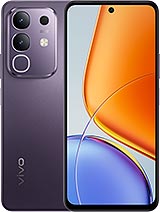

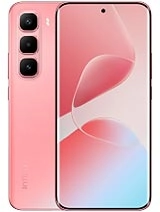
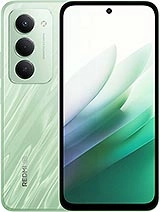
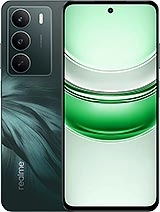
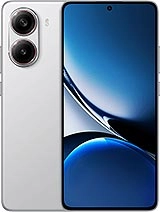
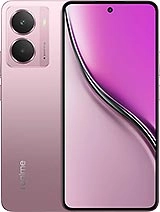
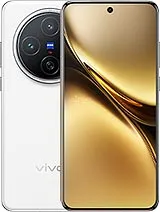
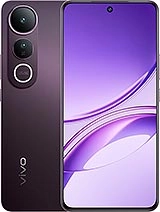
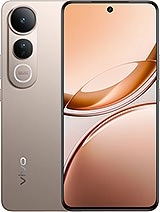

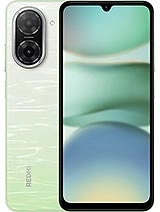
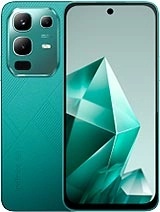



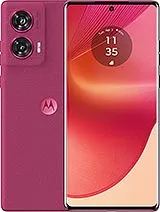
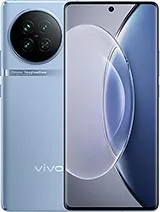

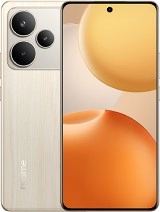
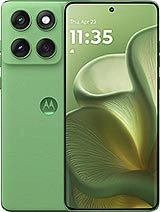
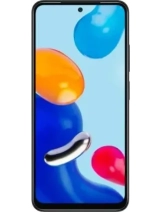
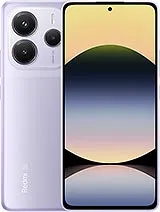


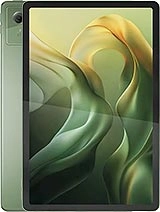
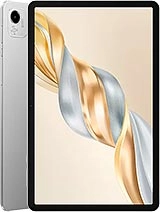
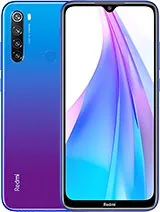

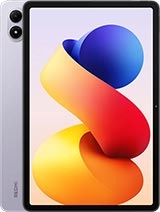 Xiaomi Poco Pad M1
Xiaomi Poco Pad M1
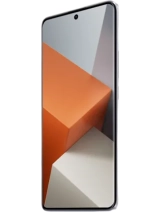 Xiaomi Redmi K90 Pro
Xiaomi Redmi K90 Pro
 Xiaomi Redmi K90
Xiaomi Redmi K90
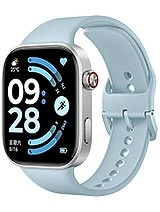 Xiaomi Redmi Watch 6
Xiaomi Redmi Watch 6
 Xiaomi Poco X5 Pro
Xiaomi Poco X5 Pro